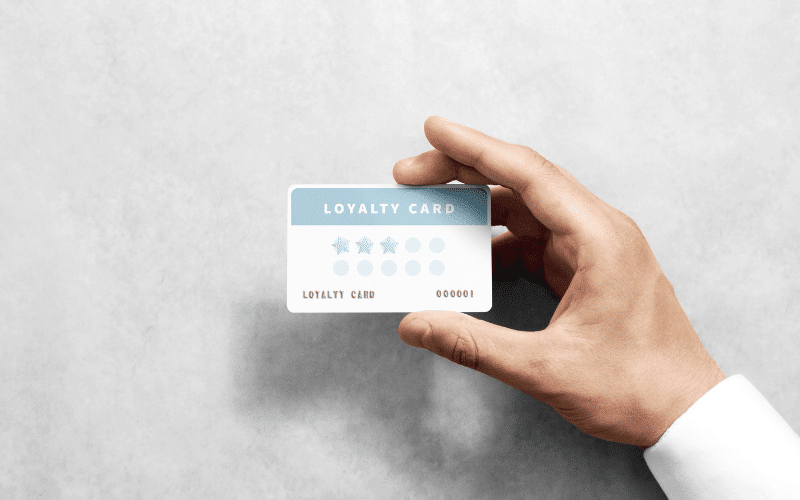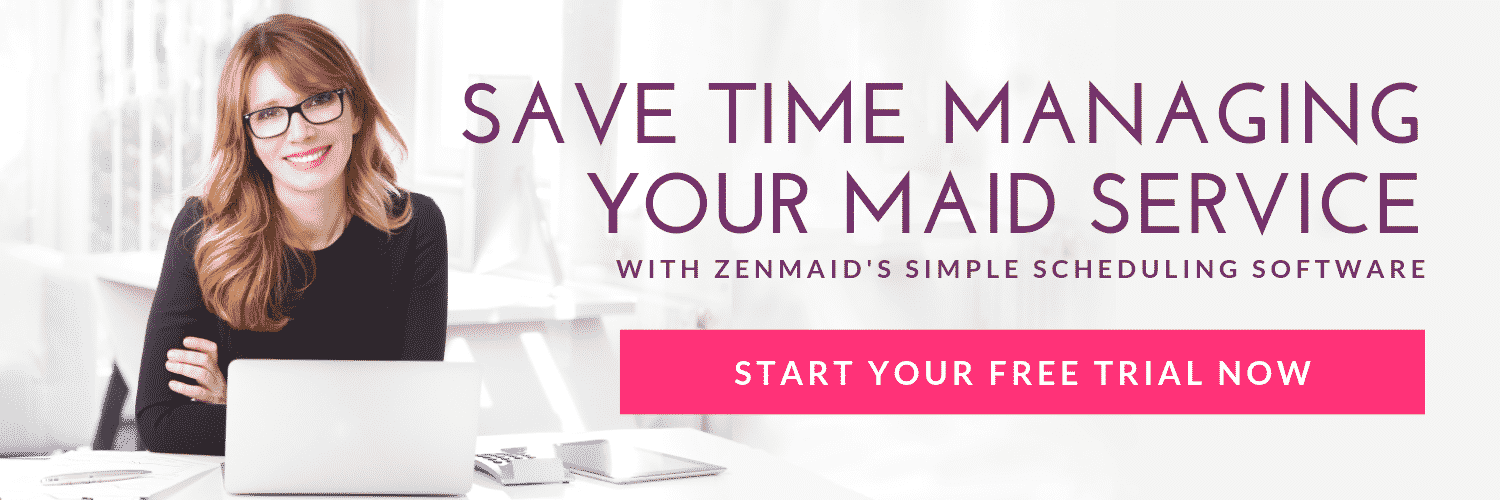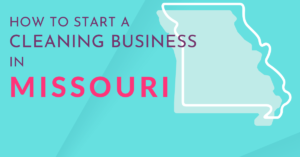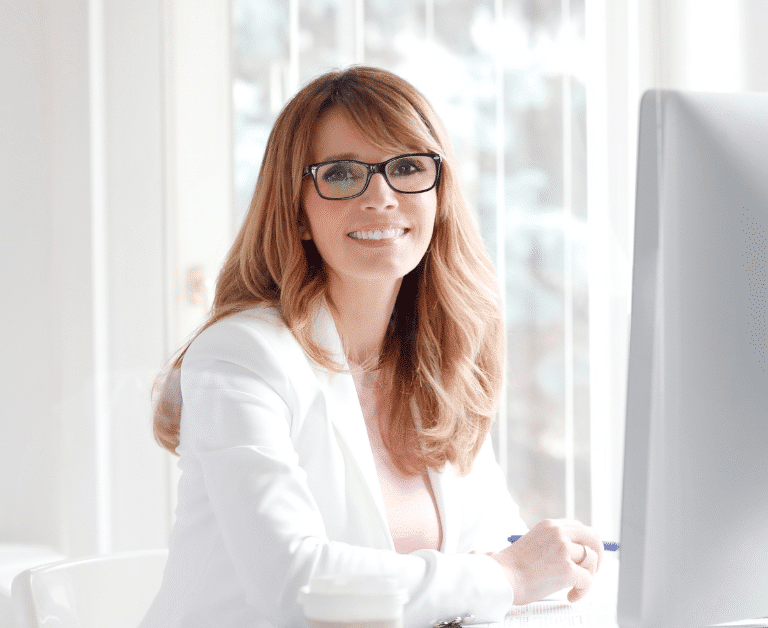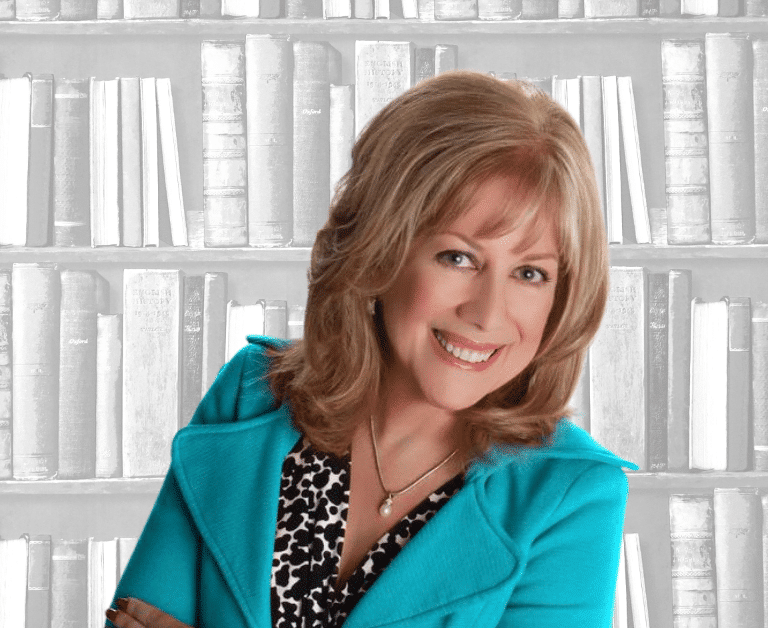Last Updated on February 2, 2023 by The ZenMaid Team
Churn is a common problem for even the most successful cleaning business.
Having a consistent stream of new clients is exciting and a great sign that you’re doing something right to attract new customers.
But as your business continues to grow, one of the next steps you should take as a maid service owner is to find a way to stop the churn of clients who use your services one or two times and move on to another company.
In this post, we’ll go over 3 ways you close the backdoor of your business so that you have less churn, fewer cancellations, and build better long-term relationships with VIP clients.
Maximize new client conversions
Make sure that the end of your sales process is as tight as possible.
This means that everyone who books an appointment with your company should get a quote for weekly, biweekly, and monthly service even if they never asked for it.
If you give someone a quote for a one-time cleaning, they will assume that the amount you charge for that cleaning is your standard rate for every cleaning.
But, a lot of times, when a customer books a single cleaning, it’s a deep cleaning, move-out cleaning, or cleaning specific to an occasion.
Most cleaning businesses charge more for those individual cleanings than they would for ongoing cleaning appointments.
Your clients might assume that the amount you charge for the one-time service is the amount they would pay every week.
But if you present them with options for pricing for more frequent service, they’ll see that it’s actually cheaper for them to book ongoing cleanings or purchase a package.
So by showing them your prices for weekly, bi-weekly, or monthly cleanings, they’ll see how they can actually save money by booking ongoing sessions.
Just by showing them these packages, you can increase conversions and therefore the likelihood of booking repeat customers.
Develop an exceptional new client onboarding process
You should have a tested and systematized process for onboarding every new customer you sign up.
When someone books their first visit, especially if they book recurring cleanings, make sure to do a field check before their first visit. This will give you a better idea of what to expect and how to set proper expectations.
Once you have an idea of their space, leave them with a new client welcome guide.
Send them this guide digitally when they initially book, but then bring a copy to them in person, in a branded folder. This will ensure that they have it in their hands and look at it if they haven’t looked at the digital copy.
In this guide, include any information that you think they will find helpful and information that you want them to see. It can have things like how they can leave you reviews, your referral program, and perks you’ll offer them for referring you.
You should also include any company information such as contact information and information about your company values, what types of products you use, or anything else you want them to know about you.
Logan also recommends investing in some type of company swag item that you can leave with them.
A branded gift like a coffee cup, magnet keychain, or pen is an inexpensive way to stand out a bit more, help solidify your brand and get you more visibility. Think of these items as a business card that people will use to market your brand for you.
The day after the cleaning, send a follow-up email that includes a link for them to leave you a review. If they aren’t a recurring customer, have information about your recurring service and pricing for them to see to incentivize them to book regular cleanings.
If they don’t book recurring cleanings, follow up with them at the 3-month mark to see if they want to book another cleaning.
Bonus Tip:
Create some more feel-good touchpoints in between cleanings or between emails.
Even if they are only booking single cleanings, you want people to have good feelings associated with your brand.
You don’t want every email to be a reminder or a pitch, so send them an occasional email offering them something that will make them feel special.
This can be a discount code, a birthday email, or a holiday celebration to stay top of mind.
Develop and implement a loyalty program
Loyalty programs can help retain clients longer and increase the amount of money they spend with your company.
This is especially true with multi-tier loyalty programs.
You might think that people won’t care about loyalty or rewards programs, but these initiatives help shape and inform people’s buying patterns and shopping habits.
It’s never been easier to hire a cleaning company, and you can probably find someone in your area who is charging less than you are.
So the game becomes all about giving your customers the best experience, fun perks, and leaving them with good feelings. This will leave them less tempted or inclined to shop around for another service.
It’s important to put in the extra work to make sure that your clients feel valued, special, and appreciated. Making them a VIP shows them you care and you value them.
It’s also something you can systemize so that as your company grows, you can easily scale this program with more customers and no extra work for yourself.
It systemizes those good feelings when you have too many customers to give individualized attention to.
Here’s an example of what a loyalty program could like for your cleaning business:
Customers who have been weekly, biweekly, or monthly clients for at least 6 months are automatically enrolled in the VIP program.
Once they’re enrolled, send them an email with the different tiers of the program. Also, let them know which tier they are a part of and what benefits come with their tier.
Here is a peek at how Logan structures the VIP program for the Dazzle Cleaning Company:
Silver Tier
- Monthly recurring clients are enrolled in the silver tier
- They receive 10% gift card purchases and seasonal deep cleans
Gold Tier
- Clients who book recurring bi-weekly cleanings are enrolled in the gold tier
- They receive 15% off gift cards and deep cleans, and a free oven cleaning
Platinum Tier
- Clients with weekly recurring cleanings are enrolled in the platinum tier
- They receive 20% off gift cards and deep cleans, and one free over cleaning, and one free refrigerator cleaning
Customers might not even consider purchasing things like a fridge cleaning or oven cleaning, but when you share the program’s perks, you’re planting the seed that they are getting extra value.
And even if they don’t want to become a recurring customer, you’re still showing them things they should be doing, like a seasonal deep clean or oven cleaning.
You’re also laying down the idea of gift cards, which can be a great way to manage cash flow and helps your customers market your business for you through word of mouth.
When they become members of the loyalty program, you send them a welcome packet with coupons for the perks that come with their level. Then they can redeem those perks at their leisure during the year.
It helps to present this welcome packet a little bit differently than you do your typical branding. Make it feel more elite by adding a special logo or using expensive-looking paper.
These extra touches can truly make your client feel like a VIP and that they are getting special treatment.
Final Thoughts
You’re always going to have churn and cancellations in your cleaning business. But the goal is to create ways to minimize churn so that you can turn more of your customers into repeat business.
Having recurring customers will give you more freedom and predictability with your finances and help with any cash flow issues.
By maximizing conversions, implementing a solid onboarding system, and instituting a VIP program, you can cover your bases and know that you’re doing everything you can to minimize churn and encourage repeat bookings.
For more details on how Logan used a VIP program to grow his cleaning company to $100,000 in monthly recurring revenue, check out his full talk from the 2020 Maid Summit.
About the presenter
Logan Taylor is the President and Founder of Cleaning Business Marketing, The Dazzle Cleaning Company. The Dazzle Cleaning Company, which Logan started 5 years ago, now does over $100,000 in monthly revenue. In this post, we’ll highlight Logan’s secrets to minimizing churn and creating a loyal base of VIP clients.
This talk first aired at the 2020 Maid Service Success Summit.
The Maid Summit is an annual online event that brings together the most successful leaders in the cleaning industry, like Debbie Sardone, Angela Brown, Courtney Wisely, Amy Caris, Chris Schwab and more. Get free access to masterclasses and workshops that will help you to grow, scale and automate your cleaning business so you can get more leads and create more profit. Make sure you’re on our email list to find out how to get free tickets to the next event.

